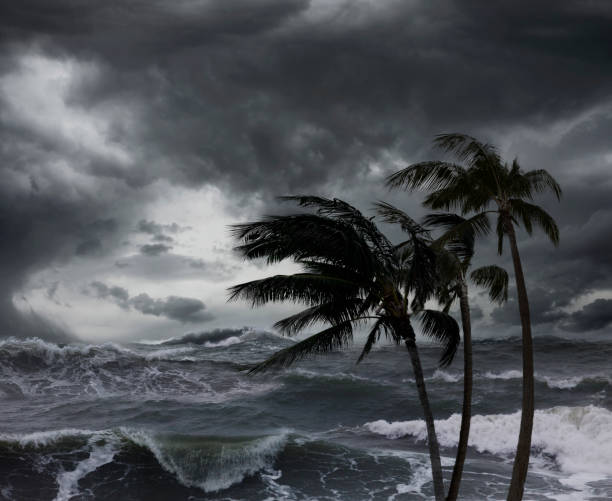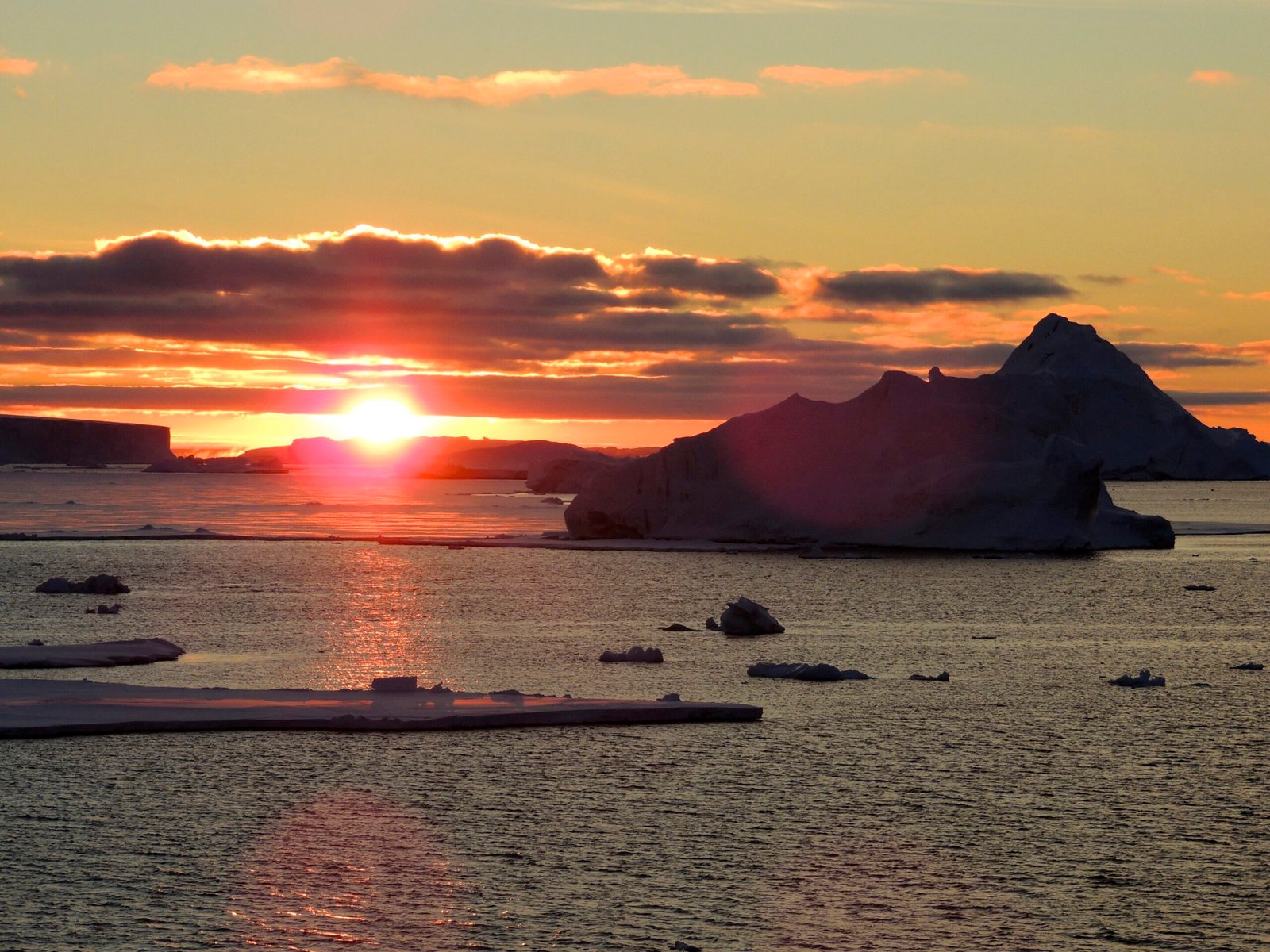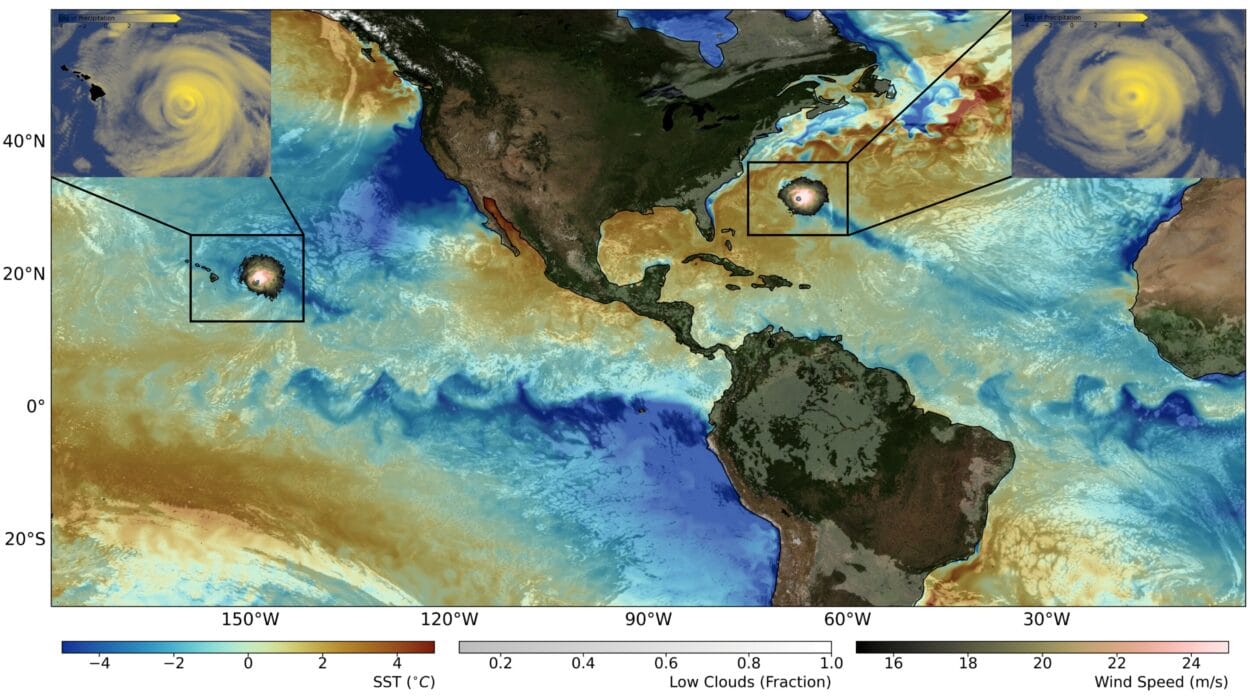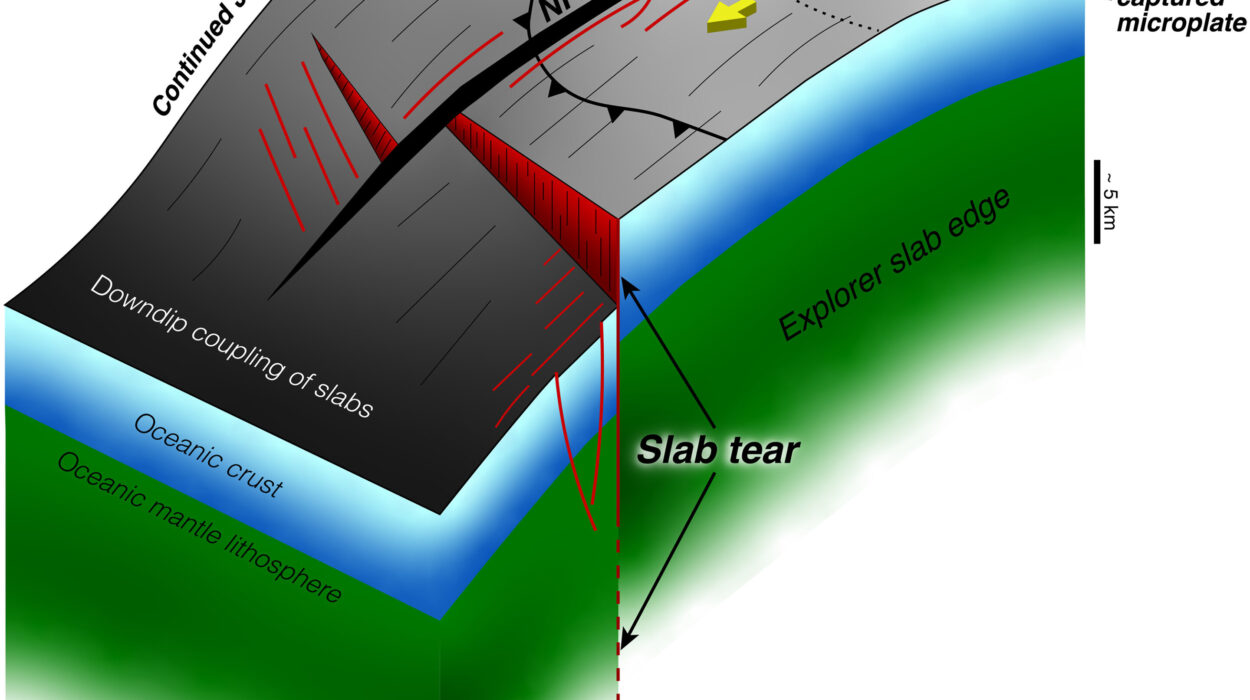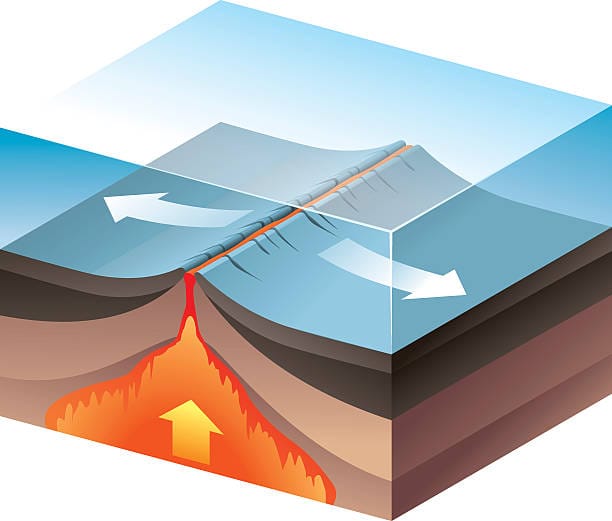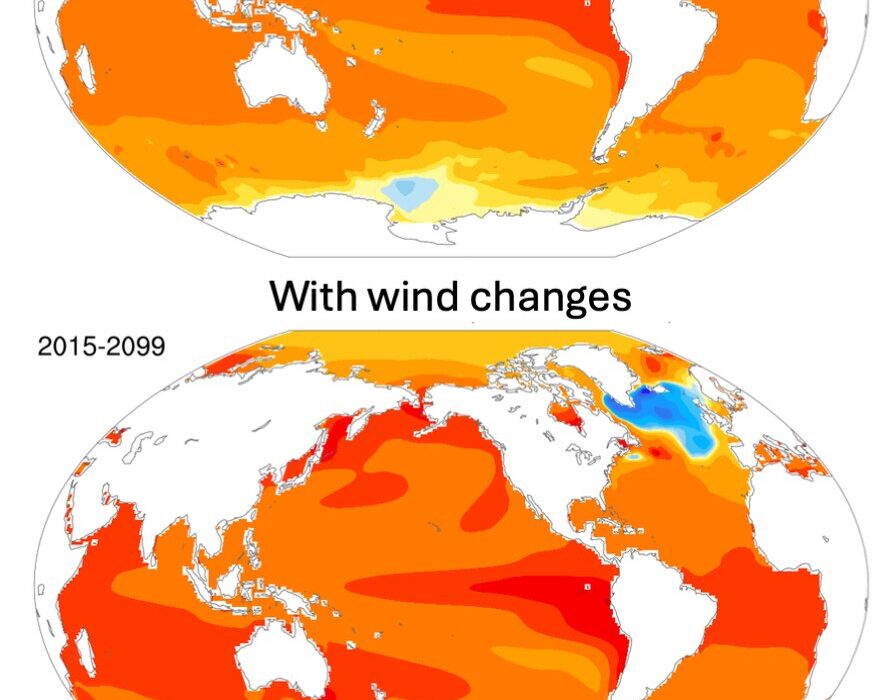There is a sound the Earth makes that no human ear is meant to hear. It’s not the rustle of leaves or the crash of ocean waves, not the rumble of thunder or the howl of a hurricane. It’s deeper, older, and more profound. It is the groan of tectonic plates grinding beneath our feet, the whisper of magma boiling miles below, the crack of glaciers surrendering to warmer seas. It is the voice of our living planet, and sometimes, that voice becomes a scream.
Every year, Earth reminds us of its tremendous power. Earthquakes shatter concrete jungles. Volcanoes send rivers of fire hurtling down green slopes. Hurricanes twist ocean and sky into fists of wind and water. Floods chase people from their homes. Wildfires eat entire towns in minutes. But this isn’t a story of fear. It’s a story of understanding—a journey into the science of natural hazards and how, with knowledge and preparation, we can face them with resilience instead of dread.
To understand Earth’s natural hazards is not to tame them. We cannot stop a storm from forming or hold the ground together with will alone. But we can learn their patterns, anticipate their fury, and build lives and communities that bend but do not break. Because even when Earth is at its most violent, there is order in the chaos.
Let’s step into the heart of our restless planet.
The Ground Beneath Us: Earthquakes and the Unseen Movement of Continents
It starts deep beneath the surface, where colossal slabs of Earth’s crust—tectonic plates—drift atop molten rock like puzzle pieces afloat on lava. These plates move slowly, but they carry the power to upend cities in seconds. When they press against each other and lock, pressure builds over decades, centuries even. When they finally slip, the energy is released as an earthquake.
One of the most devastating reminders came on December 26, 2004, when a magnitude 9.1 quake struck off the coast of Sumatra. The rupture tore through the seafloor, displacing an enormous volume of water and unleashing a tsunami that traveled across the Indian Ocean. More than 230,000 lives were lost in a single day. It wasn’t just a quake—it was Earth reshaping itself.
Modern seismology allows us to detect even the faintest tremors. Scientists use seismographs to record the shockwaves, triangulating epicenters and issuing alerts. Buildings in quake-prone regions like Japan and California are now designed to sway rather than shatter. But still, earthquakes often strike with little warning, and their unpredictability remains their deadliest trait.
Preparation here is a matter of awareness and design. Know your exits. Bolt bookshelves. Keep emergency kits. The earth may shake, but your safety plan should not.
Mountains of Fire: The Fiery World of Volcanoes
Volcanoes are among Earth’s most dramatic storytellers. They speak in fire, sculpting new land from molten rock, turning day into night with plumes of ash, and sometimes, changing the course of human history.
Mount Vesuvius did just that in 79 CE when it buried the Roman cities of Pompeii and Herculaneum under a thick blanket of ash and pumice. The people didn’t see it coming. Today, their petrified forms remain as silent witnesses to the fury of Earth’s core.
But volcanoes aren’t just destructive. They are creators. The Hawaiian Islands rose from the sea one eruption at a time. The rich soils around volcanic regions feed agriculture, and geothermal energy—heat from beneath the ground—offers a powerful, renewable energy source.
Scientists monitor volcanoes using satellite imagery, gas sensors, and seismic networks. They can often predict when a volcano is becoming restless. Swelling ground, rising temperatures, and increased tremors are all red flags. Still, some eruptions come without clear warning.
The key to surviving a volcanic eruption is distance and speed. Evacuation plans must be clear, communication swift. The best defense is early action.
Storms from the Sea: Hurricanes and the Mechanics of Atmospheric Fury
They begin as whispers in the warm tropical ocean, clusters of thunderstorms dancing in a spiral. Given the right conditions—high sea surface temperatures, low wind shear, and moist air—they feed on the heat of the water and spin themselves into monsters. Hurricanes, typhoons, cyclones—they go by different names, but they are all the same engine of wind and water.
In 2005, Hurricane Katrina laid bare the vulnerabilities of even the most advanced societies. New Orleans was not just flooded by rain but by broken levees, by design flaws and human error. The storm displaced over a million people and killed more than 1,800. It was not just a natural disaster—it was a systemic failure.
Meteorologists now use satellites, computer models, and ocean buoys to track storm formation. Forecasting has improved dramatically. We can see hurricanes coming days in advance. But knowing is not always enough. Evacuation requires infrastructure. It requires trust in authorities. It requires communities that support one another.
Climate change is making hurricanes stronger and wetter. The oceans are warmer, and the atmosphere can hold more moisture. This means slower-moving, more intense storms that dump unprecedented amounts of rain—like Hurricane Harvey in 2017, which turned parts of Houston into inland seas.
Preparation means not just boarding windows, but knowing flood zones, having evacuation routes, and understanding the increasing risks in a warming world.
The Raging Rivers: Floods and the Rising Waters
Water gives life, but in excess, it becomes a force of ruin. Floods are the most common natural disaster worldwide, often caused by heavy rain, hurricanes, or the sudden breach of dams and levees. In mountainous regions, melting snowpack can overwhelm rivers. In cities, paved streets and overwhelmed drainage systems can turn rain into rapid disaster.
The 1931 China floods, among the deadliest natural disasters in human history, claimed as many as four million lives through drowning, starvation, and disease. More recently, floods in Pakistan in 2022 displaced over 30 million people. These events aren’t just natural—they’re social, economic, and political catastrophes.
Flood science uses hydrological models, river gauges, and satellite monitoring to forecast risk. But prevention means more than predictions—it means policy. Wetlands that absorb floodwaters must be preserved. Urban planning must incorporate green spaces, permeable pavement, and resilient drainage.
In flood-prone regions, homes are raised, barriers built, and warning systems installed. But ultimately, survival hinges on awareness. Know when to move. Water rises fast, and it’s not forgiving.
Winds That Whistle Death: Tornadoes and the Fury of the Funnel
Few sights on Earth are as terrifying or awe-inspiring as a tornado. A funnel of wind spiraling from the sky, tearing through homes, lifting trucks, and flattening entire neighborhoods in minutes. They can form with little warning, often from powerful thunderstorms known as supercells.
The United States sees more tornadoes than any other country, particularly in a region dubbed “Tornado Alley.” The 2011 Joplin, Missouri tornado killed 158 people and caused $2.8 billion in damages, one of the costliest tornadoes in history.
Weather radar and Doppler systems have improved our ability to detect the rotation that leads to tornado formation. Tornado warnings now arrive with precious minutes to spare. But those minutes are everything. Storm shelters, sirens, and well-drilled safety plans save lives.
Unlike hurricanes, tornadoes give no days of warning. They are born from chaos and demand immediate action. When the sky turns green and sirens wail, hesitation is the enemy.
The March of Flame: Wildfires in a Changing Climate
Fire has always been part of the natural cycle. Some forests depend on it to regenerate. But today’s wildfires are not the cleansing burns of the past. Fueled by heatwaves, drought, and human activity, modern wildfires are larger, faster, and more unpredictable.
The 2019–2020 Australian bushfire season, dubbed “Black Summer,” burned more than 46 million acres. It killed or displaced an estimated three billion animals. In California, entire towns like Paradise have been reduced to ash within hours. The fires are not just natural anymore. They are climate-fueled.
Science tracks fire risk using weather models, vegetation dryness indices, and satellite heat detection. But technology can only do so much. Communities need defensible space—cleared areas around homes. Buildings must be constructed from fire-resistant materials. Evacuation routes must be known, clear, and practiced.
When a wall of flame is coming, there is no time to pack. Preparation must be constant, because fire gives no mercy.
The Slow Creep: Droughts, Heatwaves, and the Hazards That Hide in Plain Sight
Not all natural hazards roar. Some arrive in silence and stay for years. Droughts and heatwaves don’t topple buildings, but they break systems—agriculture, water supplies, power grids. They bring famine, fire, and suffering in their wake.
In the Sahel region of Africa, persistent drought has fueled hunger, migration, and conflict. In Europe and North America, record heatwaves have strained electrical systems, caused thousands of deaths, and ignited wildfires. Cities, trapped in concrete and asphalt, become ovens where the elderly and vulnerable suffer most.
These “invisible disasters” are growing more severe with climate change. Preparation means not just forecasting, but redesigning. Cities must green their landscapes. Agriculture must adapt to less water. Power grids must handle surges in air conditioning. Our ways of life must evolve.
Science as a Shield: How Technology and Research Save Lives
We now stand in an era where science can illuminate what once felt like fate. Earth’s natural hazards can’t be stopped—but they can be understood. Prediction is improving. Supercomputers simulate storms. Satellites track tectonic shifts. AI combs data for patterns invisible to the human eye.
Early warning systems now give crucial time. Sirens, alerts, smartphone apps—technology bridges the gap between knowledge and survival. Drones survey disaster zones. Robots enter collapsed buildings. And after the storms pass, science helps rebuild stronger.
But the power of science is not just in devices. It lies in education, in policy, in culture. Communities that teach preparedness, that practice drills, that invest in infrastructure, survive better. It’s not about fear—it’s about respect.
Preparing the Mind: Why Resilience Begins Before the Disaster
To prepare for natural hazards is not just to stock water and batteries. It is to foster a mindset. A mindset of vigilance, adaptability, and community. Because no one survives a disaster alone.
Schools must teach the signs of danger. Families must talk about plans. Governments must invest in early warning systems and resilient infrastructure. And all of us must recognize that while we cannot control Earth’s power, we can choose how we respond.
This is not a story with a perfect ending. The Earth will continue to roar, and fire, and flood. But we are not helpless. We are the species that walked on the Moon, that split the atom, that decoded the genome. We can learn the language of storms and use it to save lives.
A Living Planet and a Learning People
Earth’s natural hazards are not curses—they are reminders. Reminders that we live on a dynamic, living planet. A planet that moves, breathes, and transforms. Every quake and storm tells us that we are guests here, not masters.
But unlike the creatures of the past, we have foresight. We can see the clouds gather and feel the tremors. We have tools, data, and dreams. And in that, we hold power—not over nature, but over our future.
So let us listen to the Earth. Let us read its signs. Let us build not just taller buildings, but stronger bonds between neighbors, between nations, between science and society.
Because survival is not just about escape—it’s about empathy. It’s about knowing that the winds may howl, the ground may tremble, but we are not alone. We are prepared.
And in that readiness, there is hope.
